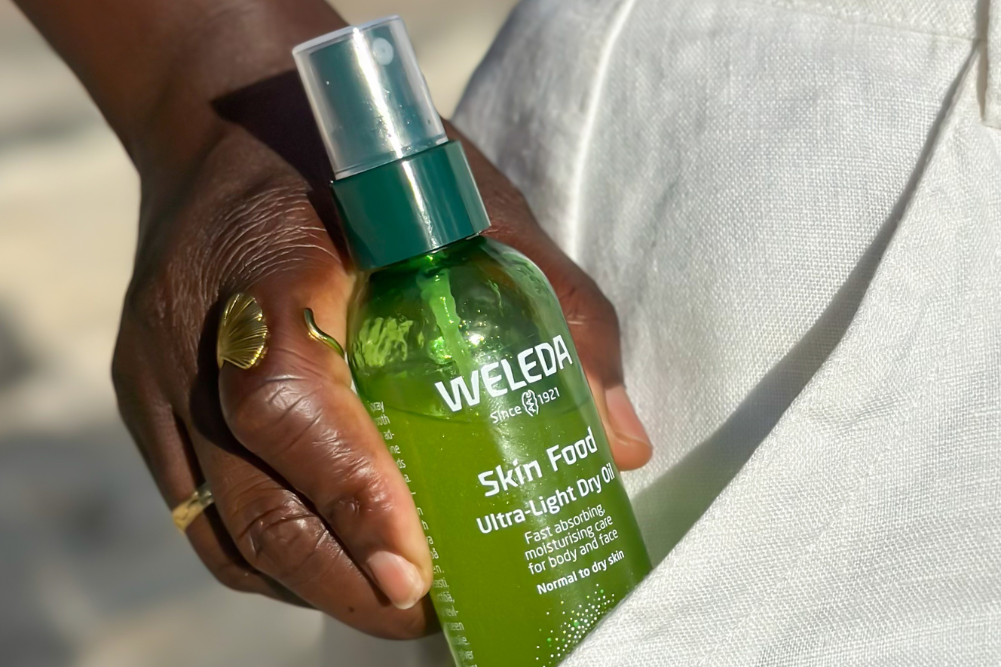How to fight fungal infections
Fungal infections of the skin can be unglamorous to the eye and are likely to give physical discomfort, too, causing irritation and itchiness. While these skin infections can simply be picked up at the gym, public pools or by sharing someone else’s towel, recurrent fungal infections may be an indication that you need to make some positive changes to your lifestyle. Fungal infections of the skin can pop up anywhere on the body, including the hands, face, scalp, between the toes, fingers, even the bellybutton, and they can vary in appearance. Many are red, scaly and itchy, but some simply resemble dry, parched skin.
While there is a variety of different species, the most common offenders are candida and tinea. You’ll find myriad natural ingredients that may help relieve a fungal infection topically. A favourite recipe for many skin afflictions is turmeric and a dollop of live plain yoghurt mixed into a paste to be applied regularly to the affected area. Turmeric is anti-fungal and a popular Ayurvedic remedy.
I must also sing the praises of versatile and skin-healing coconut oil (virgin, not refined), which also boasts impressive anti-fungal properties. Adding a few drops of anti-fungal essential oils to coconut oil or another carrier oil may also help to relieve fungal growths. These include tea-tree, lavender, myrrh and oregano oils.
Good old reliable garlic is a time-honored remedy that may be of some assistance, too. Make a poultice and apply to the area. A dilution of apple cider vinegar in water is particularly helpful, too, for fungal growths (dandruff) of the scalp. It possesses anti-fungal properties and also helps to balance the pH of the scalp.
Fungus thrives in wet or damp areas, so where possible keep the affected area dry and exposed to airflow. Avoid talcum powder or heavily perfumed body powders. Instead, if you must, simply dust the area with some potato or rice flour or white cosmetic clay.
Recurrent fungal infections that are not allayed with a simple topical application can be a sign from your body that it is under stress. Alongside fungal infections of the skin, such as athlete’s foot and ringworm, you may also be experiencing other symptoms, such as thrush.
If your immune system is weakened, you will find it difficult to fight these infections that keep arising. As 70 per cent of your immune system lies in your gut lining (and it is the processing centre of all your nutrients), improving gut health is a great place to start to both boost the immune system and fight these pesky fungal attacks.
Gut dysbiosis, the condition where you have a predominance of unfriendly bacteria (for example, candida) over friendly flora (for example, acidophilus and bifidus), creates the perfect landscape for bad bacteria to proliferate and for your immune system to falter and fungal infections to set in. To help remedy this imbalance, there are many things you can do and many things not to do.
An infamous gut saboteur is sugar. Commensals, or bad bacteria, thrive on sugar, so depriving them of their favourite food will help significantly. This means all foods with a high sugar content, including alcohol. Other gut saboteurs include smoking, pollution, a high-acid diet, stress, refined foods and, of course, antibiotics.
To boost gut health and the proliferation of beneficial flora, adopt a diet rich in fresh organic whole foods and lots of seasonal foods and fresh greens. And where possible, relax.
A probiotic supplement is also recommended for helping re-colonise the gut with good bacteria. Prebiotic supplements can be helpful, too, as they support the growth of friendly flora. Foods rich in prebiotics include garlic, endive, banana, asparagus, artichokes, miso, leek, onion and yoghurt. Fermented foods such as kefir and lacto-fermented foods such as sauerkraut are rich in good bacteria (see the Weston Price website on how to make sauerkraut, www.westonaprice.org) and can be very beneficial to help enhance gut health and give your body a boost in nutrients.
Consuming anti-fungal herbs will also help to stop unwanted fungus in its tracks. These include olive leaf, oregano, pau d’arco, wormwood, thyme, golden seal and black walnut.
Finally, why not incorporate delicious, fragrant, anti-fungal coconut oil in your cooking — and don’t forget a pinch of turmeric every now and then.
Note: It’s important to take herbs and supplements under the supervision of your healthcare practitioner. While this article provides you with some information, it is purely a general guide and if your fungal infection persists it’s best to seek advice from your healthcare practitioner.
Anti-fungal paste
This paste may help relieve fungal infections of the skin. Vary the recipe according to how much you need.
2 tsp turmeric
1 tsp live yoghurt
1 drop tea-tree oil
Method: Mix together in a bowl and apply to the affected area. Leave for up to half an hour. Remove. Turmeric can temporarily stain the skin. Avoid using it in the hair as it can also stain hair.
Caution: If this recipe causes any redness or irritation, remove immediately. Keep essential oils out of reach of children. If pregnant, seek the advice of your health practitioner before using essential oils.







